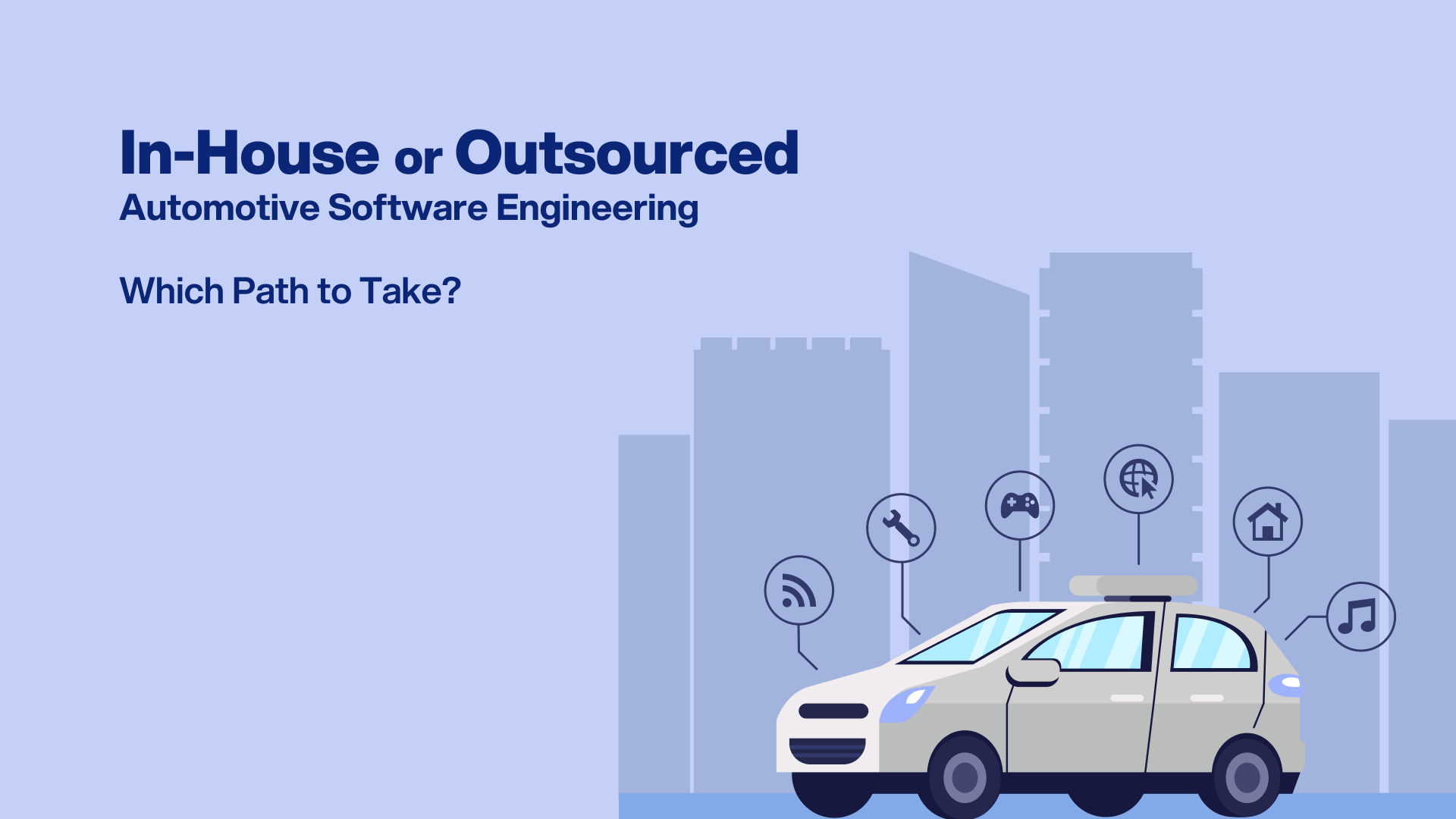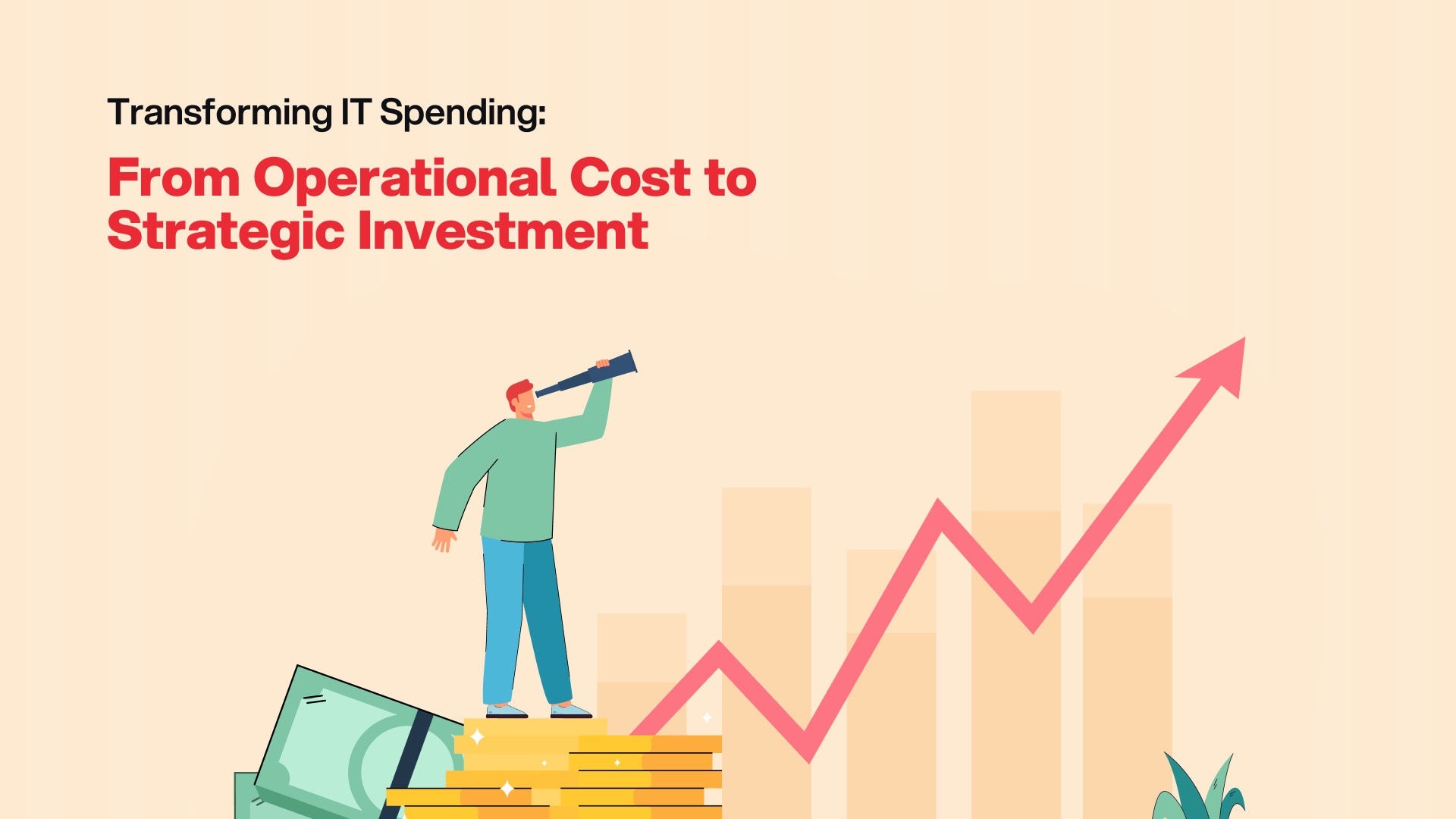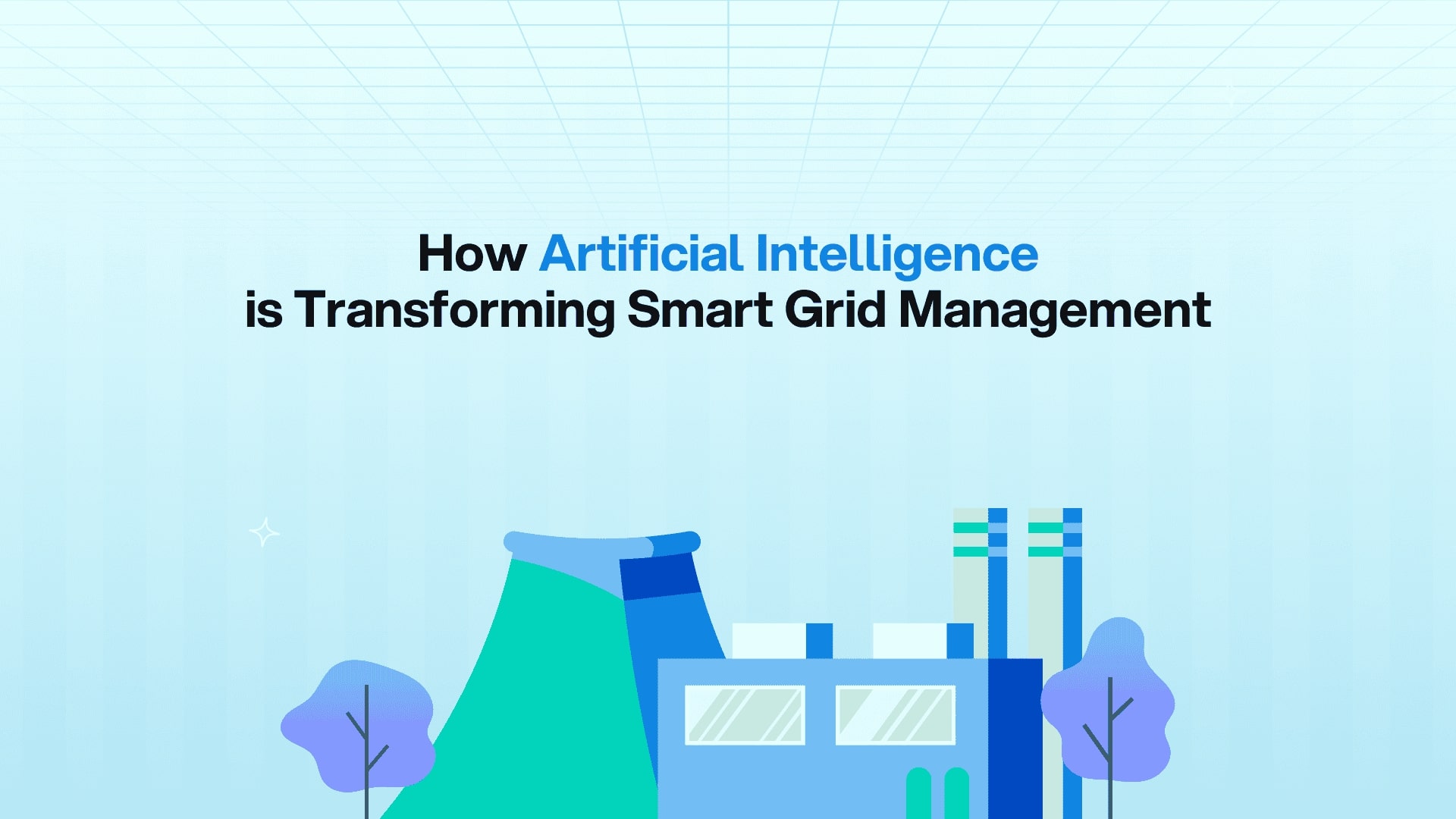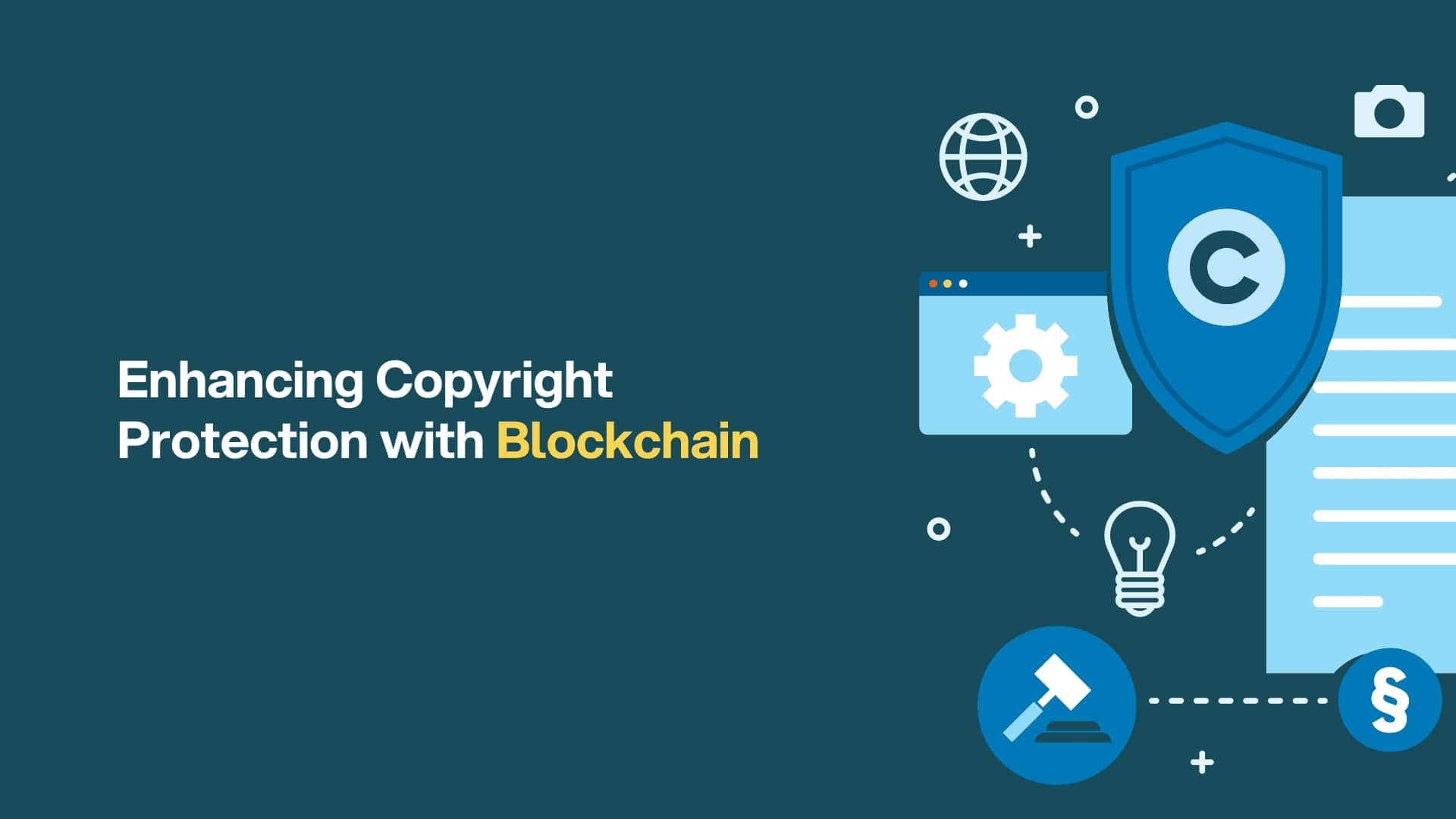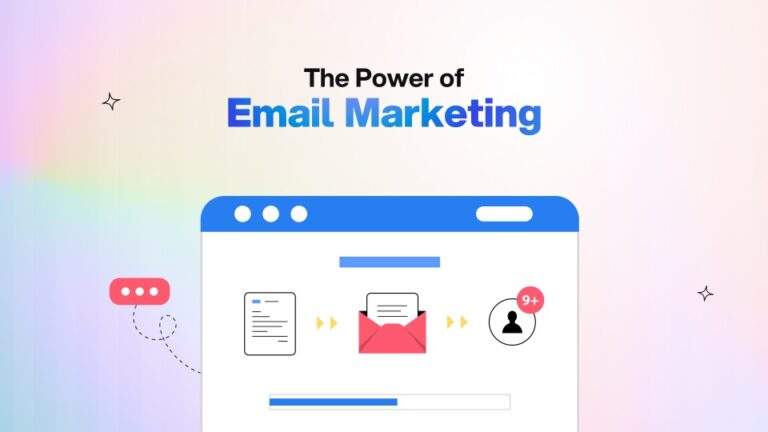
Contents
Have you ever noticed how LinkedIn doesn’t forget to connect with you every day or how Uber never lets you go unattended after every trip? Have you ever been interested in any discount offers or advertisements you received through emails? Maybe you have noticed all these, or maybe you didn’t (Completely fine if you haven’t!), but I am certain that you know these are part of one of the most effective digital marketing strategies: email marketing.
Though emailing might seem old-fashioned to some of us, the truth is that it has never gone out of style. In fact, according to Forbes, by 2026, 4.73 billion people will be using emails1. Because of the huge number of users, marketing via email holds great potential in all business industries.
Is Email Marketing Really That Important?
The beauty of emails is that they can interact with clients and have the potential to increase conversions and develop leads. It is the most elaborative marketing approach to connecting with the clients personally. It is easy, affordable, specific, personalized, targeted, client-based, and result-driven. Email marketing strategies have the best ROI generation with a 42 USD return for only spending 1 USD. Professionals have seen that email campaigns are capable of creating a 760% boost in revenue. 6 out of 10 email subscribers’ purchases happen due to email marketing. This is why, globally, 8 marketers among 10 go for marketing using emails2. According to Statista, the worldwide revenue of email marketing crossed 9.5 billion USD in 20243.
Leaving No Varieties Behind
Emails are always used for building connections and conversations. Before sending out the emails, we should know their types and understand their usage.
Newsletters
These are one of the most popular forms of marketing. A newsletter is generally sent to subscribers to inform them about the company’s overview, new products, and updates.
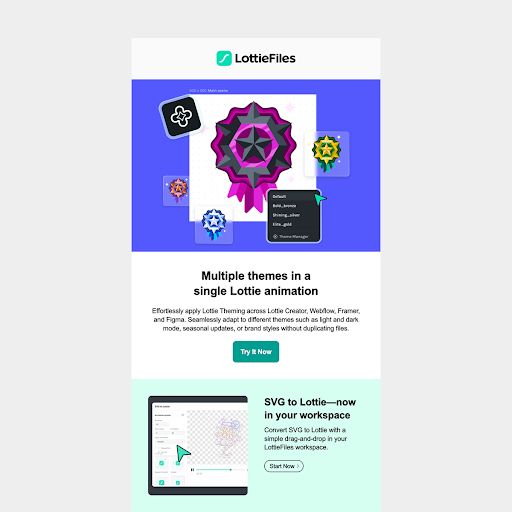
Promotional Emails
Whenever companies announce offers, discounts, and sales regarding their products or services, they send promotional emails. This is a very common strategy but very connecting and meant for larger audiences. Welcome emails and seasonal promotions are also parts of this category.
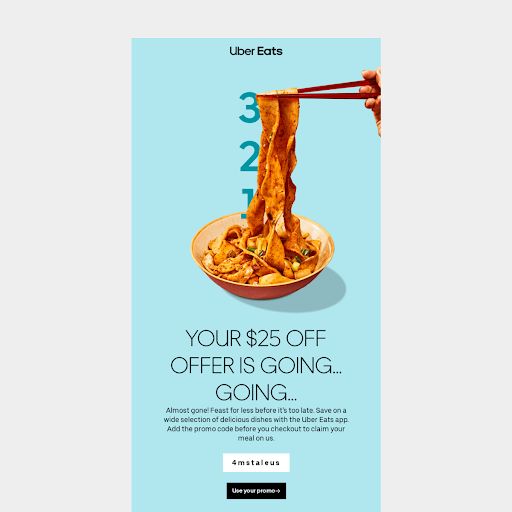
Lead Nurturing
This type of email focuses on a specific group of people. The goal is to convert potential customers into real buyers. For example, universities send emails to students who are looking for suitable universities to apply for admission.
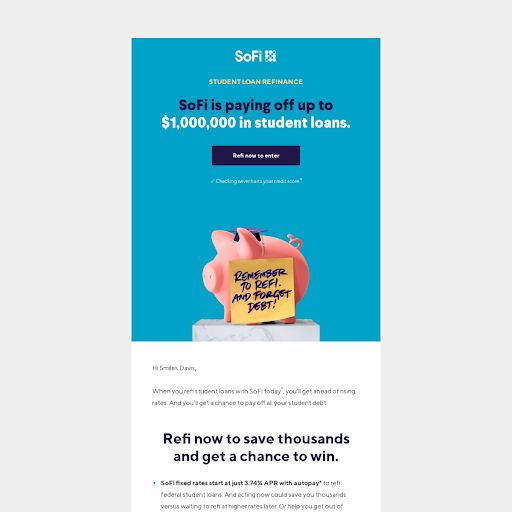
Event Invitation
With this email, the company can invite users/customers to participate in events.
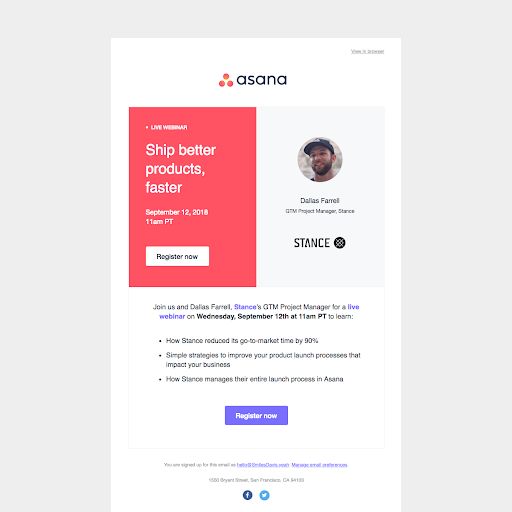
Transactional Emails
These include order confirmations, receipts, and shipping updates. This also works as a reminder to the client. The companies don’t let you forget, do they?
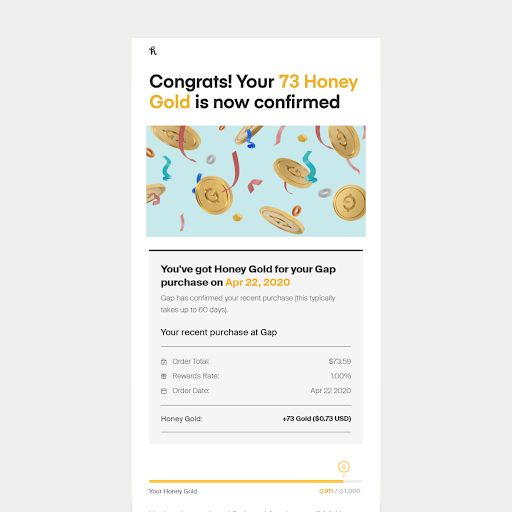
Survey
This is used to collect customers’ feedback. The strategy is simple here: just ask for customers’ experiences and opinions and make them feel valued enough to come back to the same service again.
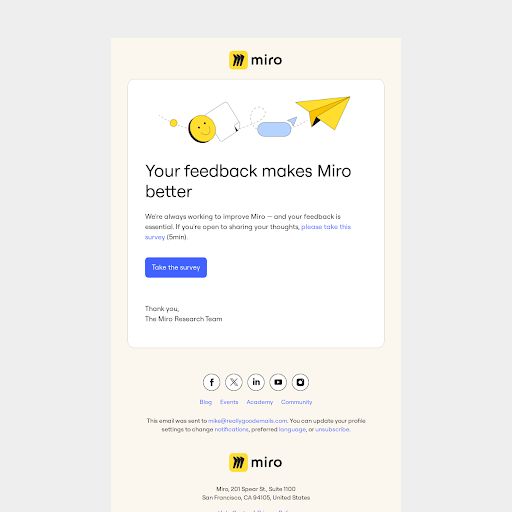
Now that we have known the varieties, let’s move on to exploring the shortcomings we may face while advertising via email.
Drawbacks of Email Marketing
Email marketing is fine until it costs you your audience and strategy. Here are some issues that we face while emailing our customers.
- Low Open Rates: As recipients, we do not open every email that we receive daily. Customers can do the same if your emails are not engaging, concise, and competitive enough.
- Spam Complaints: Sometimes, emails or email-sender addresses are flagged as spam by recipients. Also, without some precautions, marketing-based emails can end up in receivers’ spam folders.
- List Quality: Poorly targeted or outdated email lists can lead to failure to reach the recipient’s inbox.
- Regulatory Compliance: Violating anti-spam laws like the General Data Protection Regulation (GDPR) or the CAN-SPAM Act can also put a hindrance in your email promotions.
Don’t worry about the drawbacks. Because we’ve got you covered! Just keep reading.
10 Email Marketing Strategies to Keep You One Step Ahead
No matter the issues, with a solid roadmap, you can turn all your worries into long-term success. To overcome the hindrances, you must follow the steps mentioned below.
1. Define Your Target Audience
The first and foremost step to a successful business is to understand your target market and your service. If you properly know your audience and what their requirements are, you will easily be able to fulfill their needs. That’s why, before selling or promoting your products and services, you have to make sure that you are aware of your customers. For that, you need to research the customers’ age range, behavior, habits, needs, and many more pointers. You can easily analyze this by following your current customers. This way, you will create your own customer base and connect with them however they like it.
2. Create an Interested Email List
Once you know your segmented customer base, you will have to focus on making an organic list. This is a very important part of your marketing, as this will give you a quality list rather than just a bigger volume. Make sure you are sending your valuable content to someone actually interested. Always refrain from buying ready-made email lists.
3. Don’t Forget to Personalize the Content
Who doesn’t love to be acknowledged and recognized? Personalized email content will do that for you to please your subscribers. Personalized emails have 26% higher open rates than other basic promotional emails1. You can use your clients’ names and make customized content for them to make the emails more appealing and relatable.
4. Focus on the Subject Lines
This point is actually very tricky. The right subject lines can drive those “unopened” emails to “opened.” So boost your write-ups and create subject lines as intriguing and precise as possible. Remember that you only need to find catchy subject lines but not fishy. Always avoid using spamming phrases like “free,” “100% guaranteed,” or such triggering words.
5. Always Examine Before Sending
You need to check thoroughly what you are sending to your clients. This is not only for the emails. This applies to all the products that you are marketing. Your brand value, image, and sincerity depend on your approach. Therefore, cross-checking the content is always the right thing to do. No matter how many times you have done it, always do A/B testing before hitting “Send.”
6. Provide Clear Calls-to-Action (CTAs)
If your emails do not have any goals, that is not going to pay you back. Always make sure to have a clear goal for your audience. Keep it simple and engaging. Let them know what they need to do next. Some of the popular CTAs are “Shop Now,” “Download Free Guide,” or “Claim Your Offer,” etc.
7. Maintain a Consistent Email Schedule
You need to sense when the right time is to send the emails. Also, too many emails can overwhelm the subscribers, but too few emails will make them forget you. So it’s up to you to find the right balance.
8. Don’t Forget the Mobile Users
Optimizing content according to different platforms works great. Forbes says 41% of people view emails using mobile phones. Other users come from laptops, desktops, tablets, etc. devices.1 So if you want to capture a mass audience, focus on mobile users too. Make templates that work for mobile screen views, as they’re a bit different than other screens.
9. Track & Analyze Performance Metrics
Always monitor your performance to ensure clarity regarding the engagements. Checking ‘Open Rate,’ ‘Click-Through Rate,’ ‘Conversion Rate,’ ‘Bounce Rate,’ and ‘Unsubscribe Rate’ are some popular metrics we use to analyze performance.
10. Follow Up and Improve
You cannot always catch your audience’s attention with the same strategy. With proper follow-ups, you can adjust the contents. Also, follow-ups help you find the people who are not interested anymore. Keep the “unsubscribe” button for them. This will help you segment your list as well.
Find Your Perfect Software Outsourcing Partner
Unlock a world of trusted software outsourcing companies and elevate your business operations seamlessly.
Discover CompaniesTop 6 Email Marketing Platforms and Tools of 2025
There are more than 20 marketing tools available in the market. Each of them has different pros and cons. Here, we have listed our top 6 of 2025, selected based on their usability, affordability, and functionality.
- HubSpot: This platform has facilities with CRM integration and a great automation system. This is superb as an all-in-one marketing suite.
- MailChimp: This platform is very beginner-friendly for small businesses as it has a freemium option.
- Brevo (Sendinblue): Like MailChimp, it is also suitable and affordable for small businesses.
- Active Campaign: This tool offers analytical details with automotive functionality to users. Any business owner can easily use this one.
- Omnisend: This is known as the best alternative for MailChimp. Businesses in the e-commerce sector can easily use it.
- Kit: Last but not least, this platform is popular because it is very user and budget-friendly.
Wrapping Up
So now you know why and how LinkedIn, Uber, or Facebook never stop emailing you. Honestly, email marketing can be a real game-changer while planning your product marketing. From targeting the right audience to making them feel heard and valued, there are many things that you need to do to boost your marketing campaign. Email marketing does all these for you within a short time. Also, with the metrics of emailing, you can track the progress and make changes or improvements as necessary. Emailing can work fantastically in any business if done correctly and accordingly. Don’t believe me? Try it and see for yourself!
References
[1] 49 Top Email Marketing Statistics ↩
[2] Email Marketing ROI Statistics: The Ultimate List in 2025 ↩

